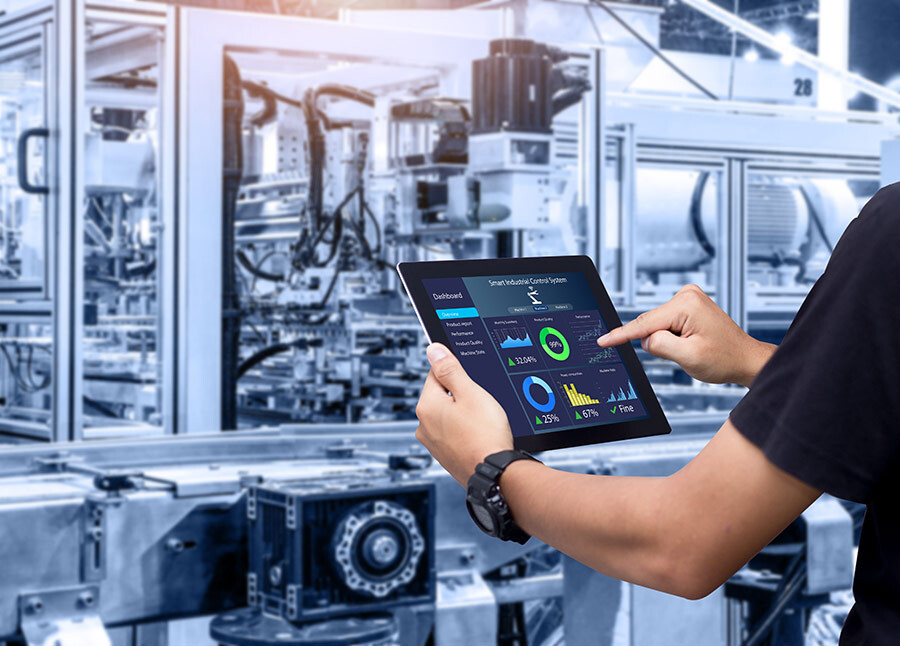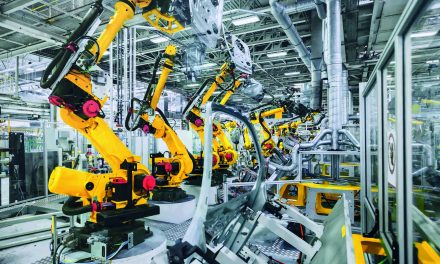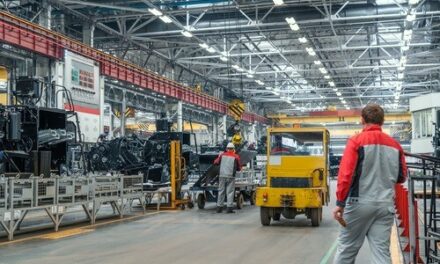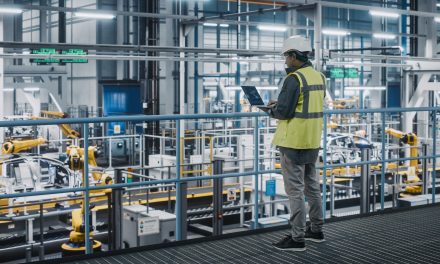I remember one special Christmas when I received the best gift ever: a Shelby remote-control car – 1/18 scale, red and flashy. I played with this fireball for hours, racing it around the living room. But then the fun came to a crashing halt when the batteries died – with no replacements available until the new year. These days, kids have lithium batteries for their toys, and don’t know how lucky they are!
Drivers of electric vehicles (EV), and the engineers designing the e-drive trains, are all too familiar with this problem. The need for reliable and predictable charging highlights the important role battery technology advances are set to play in the sector’s future. This is becoming more evident as we see a surge of emerging companies seeking to disrupt the established order in the automotive industry.
To support the increasing adoption in EV cars for both businesses and individuals, there needs to be battery infrastructure in place to meet growing demand and fuel exponential market growth. This challenge has been highlighted by the International Energy Agency (IEA), which estimates that global production capacity for EV batteries will need to at least triple before 2025 to meet the world’s estimated EV production target.
To achieve the necessary growth, battery manufacturers need to do more than simply scale up traditional production techniques and technologies. One approach to delivering the billions of watts of energy EVs require is through the creation of a ‘gigafactory’ – a facility specifically designed to produce batteries for electric vehicles on a gigantic scale.
The adoption of smart manufacturing capabilities is a key step in laying strong foundations for mass-scale gigafactory operations. In developing the blueprints for fast, flexible, and efficient battery production, executives in the EV sector are invited to make a series of structural decisions that define the technological spine of their facilities. By not making decisions and letting machine builders decide on their behalf, their business becomes exposed to the risk of lower-performing plants with higher TCO.
There are, however, decisions they can take that help mitigate these risks. Four important areas to consider are as follows:
- Select a digital twin platform to blend the physical and virtual worlds
The process of battery production begins with research and development. In a gigafactory model, battery manufacturers will utilize virtual tools that help optimize design, align processes end to end, and bring greater efficiency across the many phases of product development. Over time, data from this virtual environment is aggregated and processed, enabling rapid product testing that channels through to leaner, more effective production cycles.
The development of “digital twins” of plant equipment and processes is an important component of virtual production. By converting the physical environment into a digital replica, the digital twin software can offer benefits across the entire scope of manufacturing, such as in training staff on new processes and in enabling the easy transfer of information across personnel and locations.
As the batteries are manufactured, sold, and used, data is collected in the physical world through sensor-based technologies and fed back into the virtual world. By merging these two realms, battery manufacturers can generate leaner processes that are continually refined as more data is digested and understood.
- Select MES and IIOT platforms to monitor your operations with full visibility
As the scale of operations increases, there arises a greater need for production visibility. Manufacturing Execution System (MES) software facilitates this requirement by integrating both control and business systems to better execute and track orders across an enterprise. Given the right context, turning production data into actionable information becomes a much easier task. It can also help machine operators track, identify, and act on any issues or defects, meaning a decreased risk of downtime and an increase in overall productivity.
Scaling up these applications over time to an enterprise-wide level will lead to one version of truth across all operations. By accurately collecting data and increasing operational visibility, businesses can benchmark a variety of different machines, irrespective of their location.
For example, an EV manufacturer with 10 plants globally can see which facilities, lines, and machines are performing better than others, and then adjust accordingly. The aggregation of real-time information from the shop floor with other key data sources, therefore, allows for the development of a 360-degree vision of otherwise distributed and, to some degree, isolated operations.
- Select material handling hardware, with the same priority as software
Many business leaders think that the focus of smart manufacturing is on software. However, this misses out on a huge portion of the impact that a digital factory can generate. Hardware plays a crucial role in reaching the level of agility that gigafactories require, as well as facilitating the lean, compact plant layout made efficient through design.
Regardless of the facility’s level of software sophistication, inflexible equipment such as traditional conveyance systems will only serve to slow down operations. As these systems use motion-control technologies with hundreds of mechanical details (such as rotary-driven chains, belts, and gear boxes) there is a limited flexibility available. These conventional methods also place a ceiling on operational speeds and acceleration/deceleration speeds that will likely fall short of a gigafactory’s needs.
To maximize the effectiveness of a gigafactory, leadership should focus on hardware transformation together with software. This could involve the implementation of Independent Cart Technology (ICT), which uses independent, programmable movers to free production from the constraints of a traditional conveyance system. By enabling faster, more flexible lines, end users benefit from modular production and reduced changeover times.
- Select a control platform and a unified connectivity from Edge to Cloud
Connectivity has an important role to play in bringing speed and responsiveness to gigafactory operations, serving to underpin advanced machinery with a robust and safe network and software infrastructure. It’s common in such an environment to have machines from multiple vendors running in tandem. Without selecting a unified control system for every machine, the end user is placed under the burden of programming and executing on each line independently, which slows processes and constrains flexible operations.
But in the battery industry, the end user cannot force the adoption of a unified platform at the sensor or PLC levels to their global suppliers. So, the remediation to get a “future proofed” network architecture is to standardize the processes at the interface level, with fast and secure connectivity from Edge to Cloud.
Therefore, through the adoption of unified control operations they can experience the benefits of a data-rich organization, using a unified visualization system that’s safe and easily accessible for every user, whether they’re operating on-site or from remote locations.
Charging Ahead into the Future
For the fast-growing EV market to fulfil its global potential, the high level of efficiency and flexibility that a gigafactory enables is a necessary pre-requisite. The combination of production data with advanced software and hardware allows for the implementation of smart manufacturing processes that can produce EV batteries in enormous volumes, at rapidly increasing speeds and at a consistently high quality.
The battery market, while still in its early development, is set to grow considerably over the course of the decade. Shaping the infrastructure necessary to meet global demand offers direction to leadership on methods and practices for scaling all aspects of EV production. By leveraging smarter manufacturing processes that extend from R&D through to the end user and back via a data-driven feedback cycle, the EV sector will be well positioned to deliver better-quality products at price levels that are attractive to businesses and consumers alike.
We invite you to download our e-book, including technological developments and cases studies that reflect our vision for the supercharge battery plants that are set to define the future of the EV market.
Let’s re-invent affordable cars that preserve our planet and keep the excitement to drive. I am not sure if this is part of our human nature, but it’s certainly part of mine.





